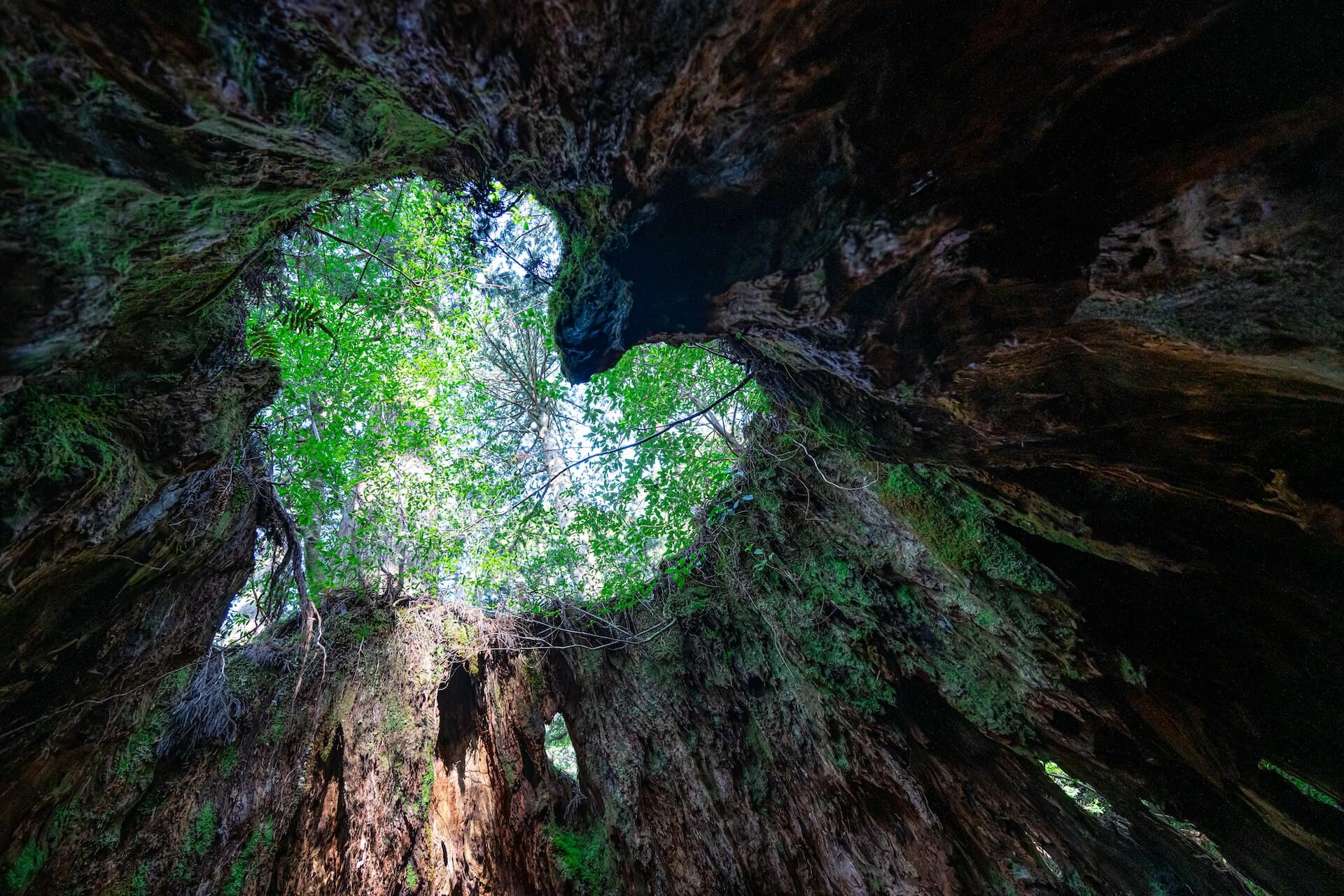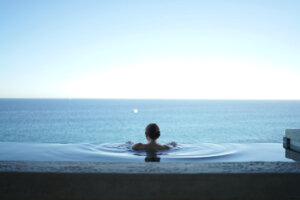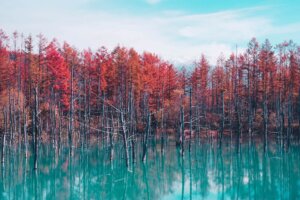There’s a big enough pile of things to see and do in Tokyo and Kyoto that most first-timers to Japan will spend all of their time in the two major cities. See our beginner’s guide on the top 11 places to visit in Japan for more on that.
But Japan isn’t just a one-trick pony. There’s a whole world of natural wonders waiting to be explored for those willing to step off the bullet train.
Here are the top 9 outdoor Japan destinations:
Some of the locations here are pretty well known, while others will be less familiar. They’re all well worth a visit, though, as you’ll see in the article below.
1. Kamikochi, Nagano
Nagano. The site of the ’98 winter Olympics, and a place that most Canadian hockey fans would rather forget.
Winter sports means mountains, and there’s no better place in Nagano to enjoy them than Kamikochi. After all, the name translates to “God’s Highland.”
There’s no shortage of beautiful views and hiking trails in this plateau, and you can make your trip as ambitious or relaxed as you want.

Photo by 泉 龍都
With a tourist center, hotel, and day hikes accessible from the main hub, hanging out in the central area and enjoying the atmosphere is easy.
If you’re feeling more adventurous, you can tackle mountains like Yarigatake, known as the Matterhorn of Japan. With campsites all over the place, all you need is the right equipment for the job.
Before long you’ll be camping with dozens of others at the top of the mountain, grabbing a hot meal at the summit lodge, and enjoying the view of a distant Mount Fuji in the morning.
When it’s all said and done, you might even make your way down to Shirahone onsen, one of Nagano’s best hot springs.
Getting to Kamikochi
With such an impressive name, you’d think God’s Highland belonged in an Indiana Jones movie. And it must be just as inaccessible, right?
Wrong.
All it takes is a train to Matsuyama City. Buses from there to Kamikochi run back and forth several times a day.
2. Shimanamikaido, Hiroshima and Ehime
Count this destination (more accurately, group of destinations) as one of the ‘obscure’ entries on this list. But it won’t be for long and it’s a must-do for those who want a cycling adventure.
Every year crowds of people from all over Japan flock to Onomichi, Hiroshima to start their Shimanamikaido bicycle trek.
It involves hopping from one island to another via six bridges, riding along scenic seaside roads and sampling mouth watering citrus fruits and local gelato shops along the way.
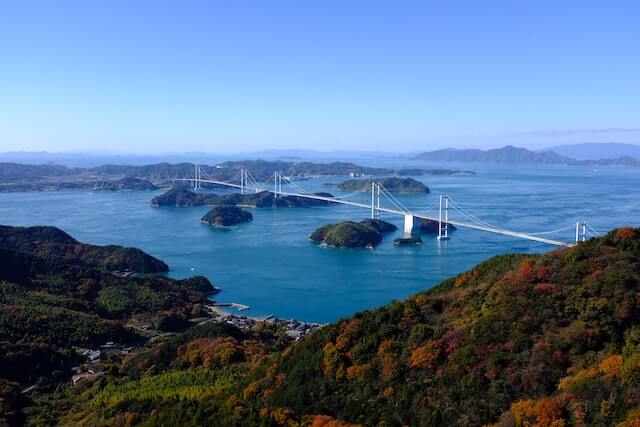
Photo by Mak
Depending on when you jump out of the saddle on the first day of this 2-day ride, the trip can be anywhere from 80 to 150 km round-trip. There are plenty of accommodation options on the islands, so the ride is customizable for those who are looking for something more laid-back. You can even ride out, drop your bike off, and take a bus back!
To make it happen, all you need to do is reserve a bicycle with one of the shops near the start and book your accommodation.
Getting to the Shimanamikaido
This one is a bit out of the way for most Japan trip itineraries, but if you’re planning on visiting Hiroshima it’s on the way.
After taking a bullet train most of the way south, you’ll take a local train to Onomichi station.
There are multiple bicycle rental shops on the waterside half of the street where you’ll pick up your chariot.
From there, you load your bike onto a ferry, take the 5-minute ride to the other side of the narrow sea channel, and start your ride.
3. Daisetsuzan National Park, Hokkaido
If covering long distances by bike isn’t your cup of tea, consider using your feet. And if one great Japanese hiking location isn’t enough, look no further than Daisetsuzan National Park.
Located in the most northerly prefecture of Hokkaido, the temperatures are cool, the landscapes stretch out of sight, and the nature is diverse.
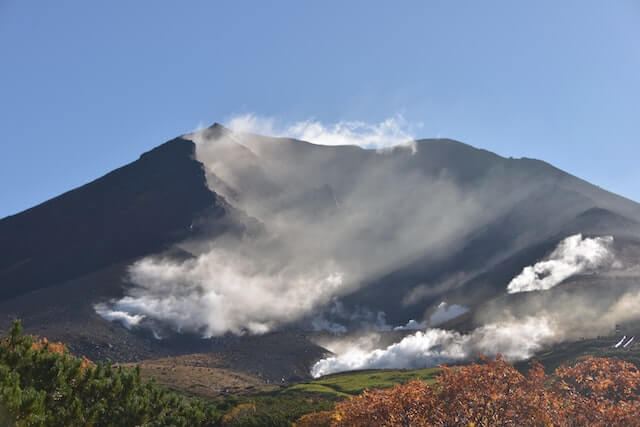
It’s a hiking paradise, and at the top of the list is Asahidake, the tallest mountain in Hokkaido.
There are hiking tours that will take you on 6-day journeys that cover multiple peaks, including Asahidake. And there are plenty of day-hike options as well!
Oh, and if you’re looking to wind down at the end of a long, satisfying hike, consider hopping into one of the many hot springs in Hokkaido!
Getting to Daisetsuzan National Park
If you’re planning on wandering around the park and trying multiple day-hikes, the best way to do it is by renting a car. Unfortunately (or fortunately, depending on how you see it), that’s the best way to access most of Hokkaido’s nature.
If you reserve a hiking tour, you can usually arrange pickup from nearby Asahikawa airport or one of the JR stations.
4. Niseko, Hokkaido
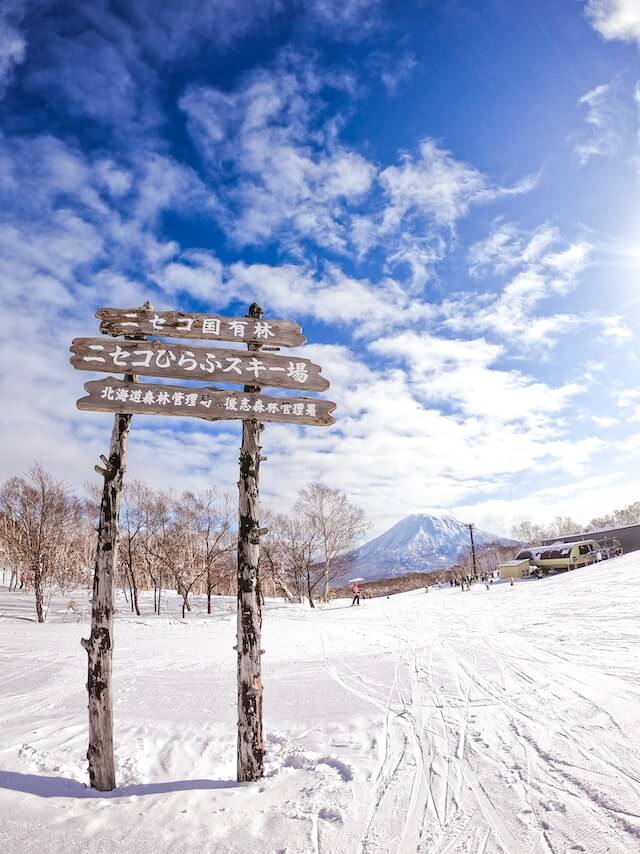
Since it’s so far north, Hokkaido has also earned a reputation for having world class ski resorts. At the top of that list is Niseko.
As a destination for winter sports, Niseko attracts huge numbers of tourists every year.
One of the reasons is that Mount Niseko Annapuri gets huge dumps of powdery snow each year. Combined with temperatures that neither stray into ‘bitter cold’ nor ‘snow melting’ territory, conditions on the mountain are about as good as you could ask for.
And if you’re worried about language barriers, fear not! The snow attracts a thriving foreign community that are usually there on working holidays.
If you decide to do a winter ski trip to Japan, think about setting it for February and hit the annual Sapporo Snow Festival along the way. You won’t regret it.
Getting to Niseko
The first thing you’ll have to do is fly to New Chitose Airport, near Sapporo. It’s possible to take a train to Hokkaido, but unless you’re already visiting northern prefectures like Aomori, the better call is to catch a plane.
Once you’re there, make your way to Sapporo and then either catch a train, bus, or rent a car to get you to Niseko. It’s a little under 2 hours away.
5. Miyakojima, Okinawa
While you might call Hokkaido the snowy extreme of Japan, Okinawa is the sunny side. And if you decide to make a trip down to those storied islands, you’re probably going to want to spend all of your time outdoors.
There are plenty of options for where to set up basecamp in Okinawa, but for a good mix of convenience and local charm, look to Miyakojima.

Photo by Shino
While Naha has great facilities because of the American Naval influence and overall number of people taking advantage of Okinawa’s low cost of living, it can be a little busy and falls more on the touristy side of things. Miyakojima is the antidote to that.
It’s a smaller island to the southwest of Naha with white sand beaches, emerald waters, and beautiful coral reefs.
For those looking for a little more adventure, there’s scuba and snorkeling opportunities galore. One of the more popular tours involves a guide taking you out to sea on a boat where you can swim with giant sea turtles.
Getting to Miyakojima
To get to Miyakojima, you’ll need to take at least a couple of flights, first to Naha airport and then to the local airport on Miyakojima.
Once you’re on the island, renting a car is a must as you’ll want to visit a pile of different locations.
6. Mount Fuji, Shizuoka and Yamanashi
What list of outdoor Japan destinations would be complete without Mount Fuji?
It’s the tallest mountain in Japan and one of the most iconic in the world. And for good reason. The view of the sunrise from the top is glorious and if you come back in one piece, it’s proof of your grit.
Stretching out into Yamanashi and Shizuoka prefecture, Mount Fuji is an impressive sight at 3,776 meters. And climbing it is on most people’s bucket list for Japan.
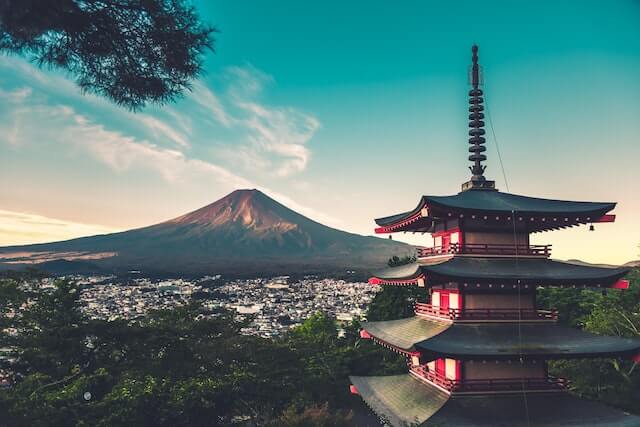
If you’re in incredible shape and are feeling ambitious, Fuji can be climbed in a day. But that would be a grueling trek. The more popular option is to either pull an all-nighter or to sleep on the mountain. If you’re interested in the second option, you’ll need to plan in advance.
At different points along the trail there are mountain huts that can be rented out, but they book up fast. It’s best to look into these at least six months ahead of time.
If you want to see Fuji, but don’t want to bust your butt, you might want to think about a Fuji day trip instead.
Getting to Mount Fuji
You can rent a car and drive to Mount Fuji, but it might just be easier for tourists to hop on a bus. There are several that will take you to Fuji depending on where you’re staying, from Shinjuku station to Yokohama.
The buses run frequently to Fuji-Subaru line 5th station throughout the day. Your adventure starts there.
7. Yakushima, Kagoshima
The last destination on this list is probably the most remote of them all, but don’t let that turn you away.
Located 60 km south of the tip of Kyushu, Yakushima is a Unesco World Heritage site boasting incredible biodiversity. But what its mossy forest floors might be best known for is inspiring the artwork behind Hayao Miyazaki’s Princess Mononoke.
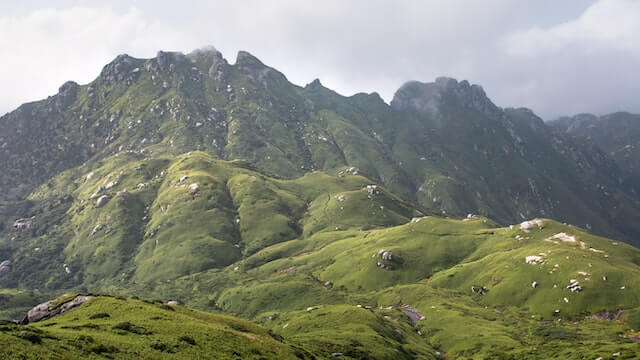
Hiking through this magical forest might be the greatest outdoor experience you’ll ever have. As you move along the trail, you can’t help but feel that the forest is alive as almost every inch is dripping in soft, green moss.
If you’re ready for a walk, take the trail to the summit of Mount Miyanoura and back through to the several thousand-year-old cedar tree known as Jomon Sugi. There are mountain huts along the way, so you don’t need to pack a tent.
The whole hike takes three days and two nights, but if you’re not up for that much walking you can park yourself at one of the accommodations in town and do a day hike instead.
Getting to Yakushima
Okay, so this one is a bit of a pain to get to. But you have options.
Certain airports throughout Japan offer flights to Yakushima, but they’re few and far between.
To get to the island as early as possible and in time for the buses to the main trailhead, look for an overnight ferry that gets to the island at about 7 AM. This will allow you plenty of time to catch the bus to the trail and take your time on that first day of hiking.
Bonus: Ghibli Park
Whaaaaat? A theme park?
Ghibli Park is so much more than a simple theme park. In fact, it’s more like an outdoor walk among Ghibli’s most famous sights and sounds.
If you’re someone who likes to run around in open outdoor space and also happens to be a fan of movies like Howl’s Moving Castle, My Neighbor Totoro, and Spirited Away, this might be the place for you.
Consider it a break from climbing mountains and doing flips off snowboard jumps all day.
Conclusion
Japan can be a heaven for those who love gorgeous views and fresh air. Whether it’s hiking, biking, snorkelling, or even winter sports, there’s no shortage of things to do. Take any of the ideas from this list and you’re sure to have an incredible time. Or, heck, check every item off this list and have an even better time!

